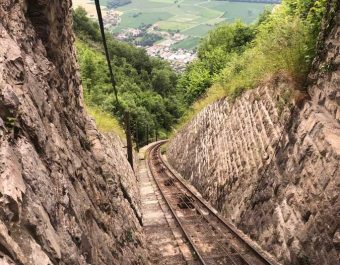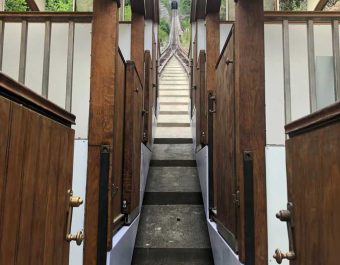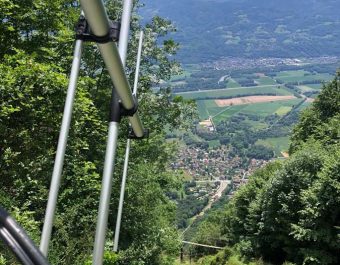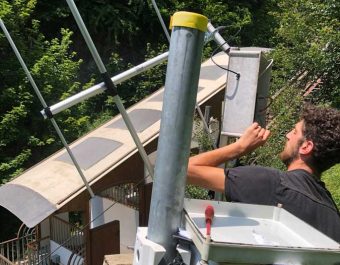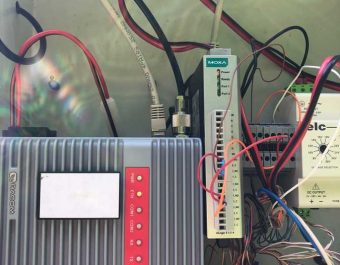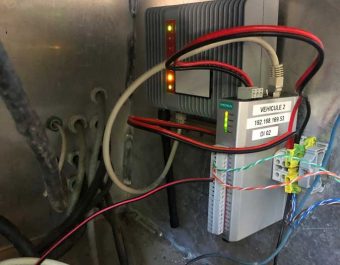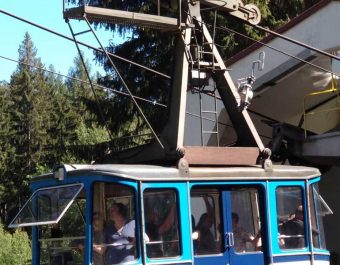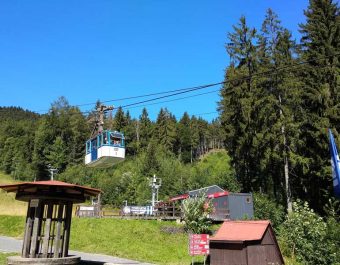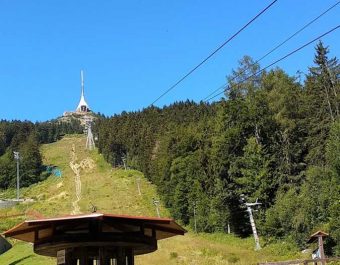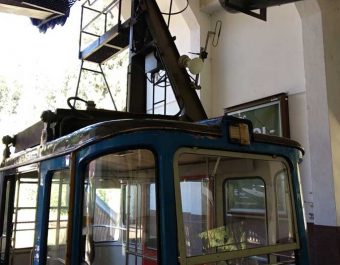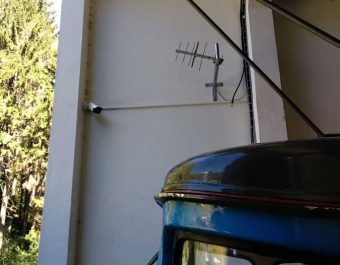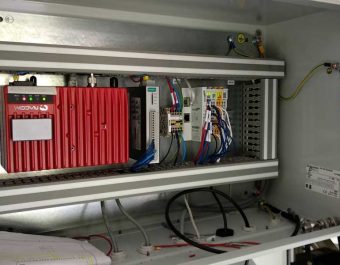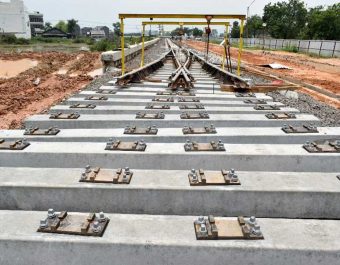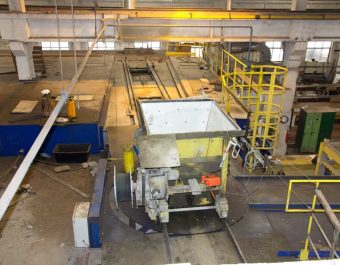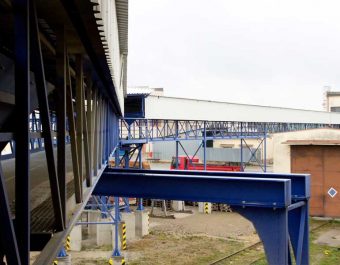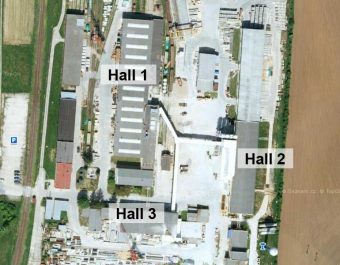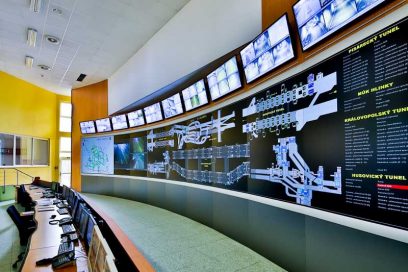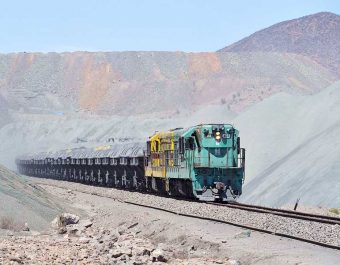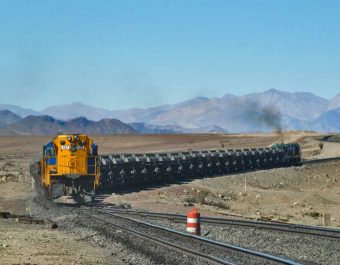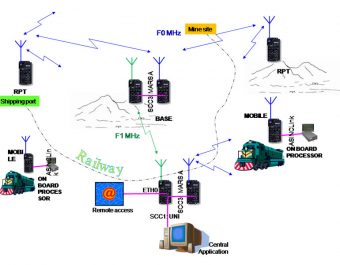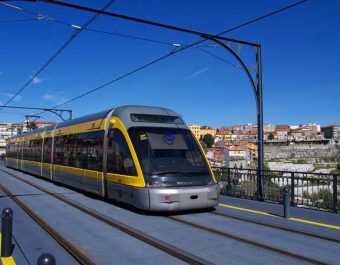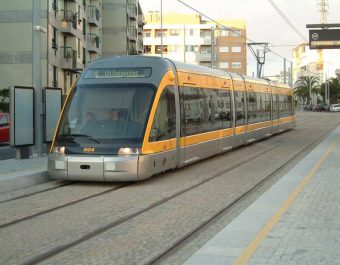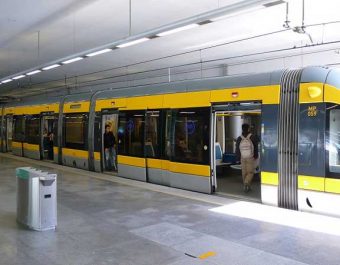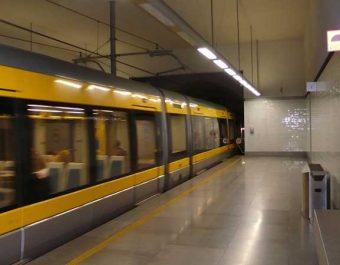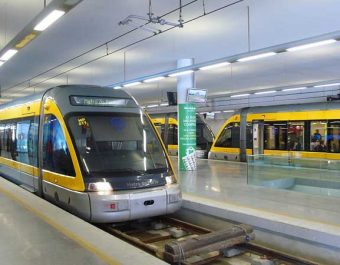The versatility and features of RACOM’s RipEX radio modems have proven to be key in providing improved security in mountain transportation.
France
In the Rhone-Alps region of France, the operators of Saint-Hilaire du Touvet funicular railway were looking to install a ‘positive’ security system. The railway links Montfort in the valley with the village of Saint-Hilaire du Touvet, some 600 metres higher in the mountains and is perhaps best known for transporting competitors and spectators into the mountains each summer for the Icarus Cup, a major festival of free flight.
The key issue to be overcome for reliable communications? – the funicular route contains two blind bends and a tunnel! Of all the technologies considered, only RipEX was able to provide a signal 100% of the time between each train and the control centre; all because of the sensitivity of RipEX!
One device is fitted to each funicular train with another fixed device on the ground acting as the base station. Every two seconds each RipEX in the trains send a frame to the base station saying “OK”. The whole system and trains are stopped if any device sends an alarm or fails to receive the “OK” frame every two seconds.
The frequency used is 169.4 MHz, a license free band if data transmissions take up less than 1% of the time. In this situation this can be achieved because RipEX has a high data rate; sending a frame only takes a few milliseconds even when Flexible protocol and packet acknowledgement are used.
Czech Republic
Meanwhile, in Horní Hanychov , Liberec in the North of Czech Republic, Easy Control Morava who operate a gondola system to transport tourists to the top of Ještěd mountain, a famous landmark in the region offering views into Germany and Poland, were also looking at security.
In order to provide improved levels of security and safety on the two gondolas, a second independent communication system was required to provide communications between the control centre and the gondola drivers. Different technologies were tested but only RipEX could offer the levels of reliability required for this application.
The driver of each gondola communicates with the PLC. The PLC operates as a control to force an emergency stop if there is an issue with either driver. This TCP/IP application uses RipEX2 at 400 MHz using Base Driven protocol and 16DEQAM modulation.
Good communication and cooperation between clients and RACOM’s support engineers ensured installation and commissioning of both applications ran smoothly.
Both clients are very happy with the increased levels of security they can now offer on their respective transportation systems.
